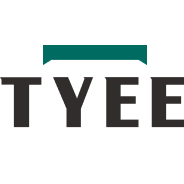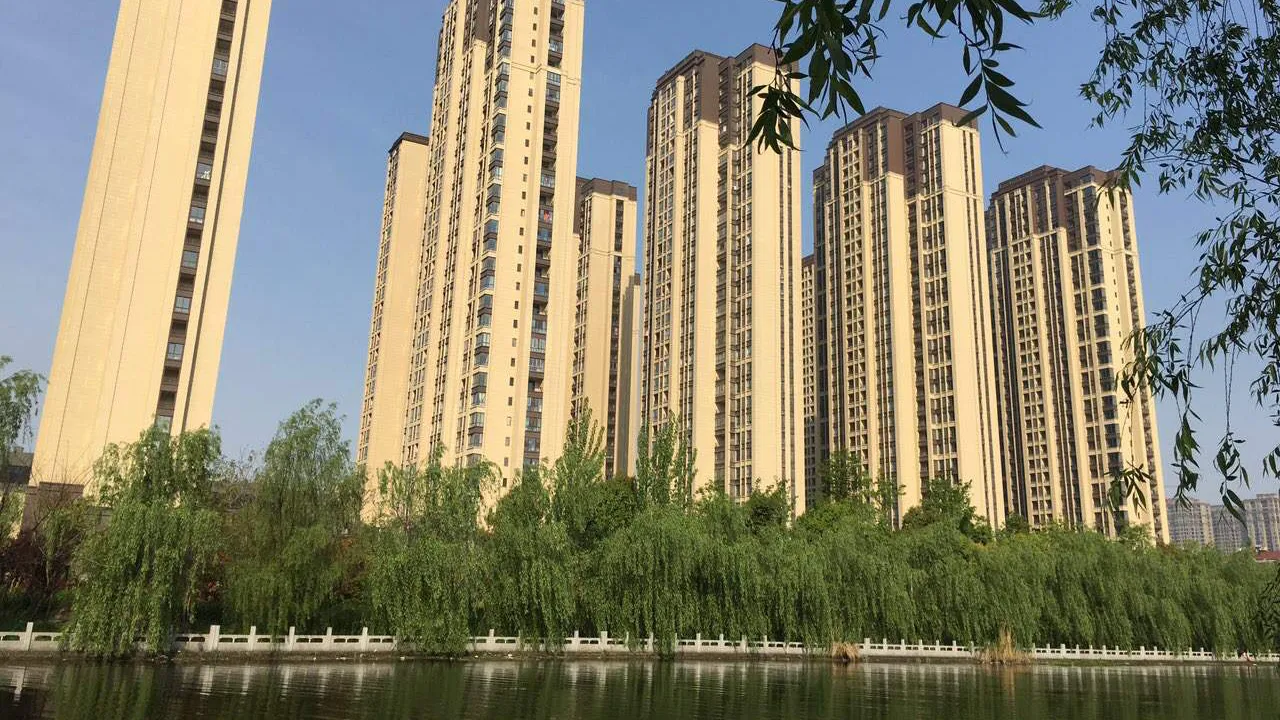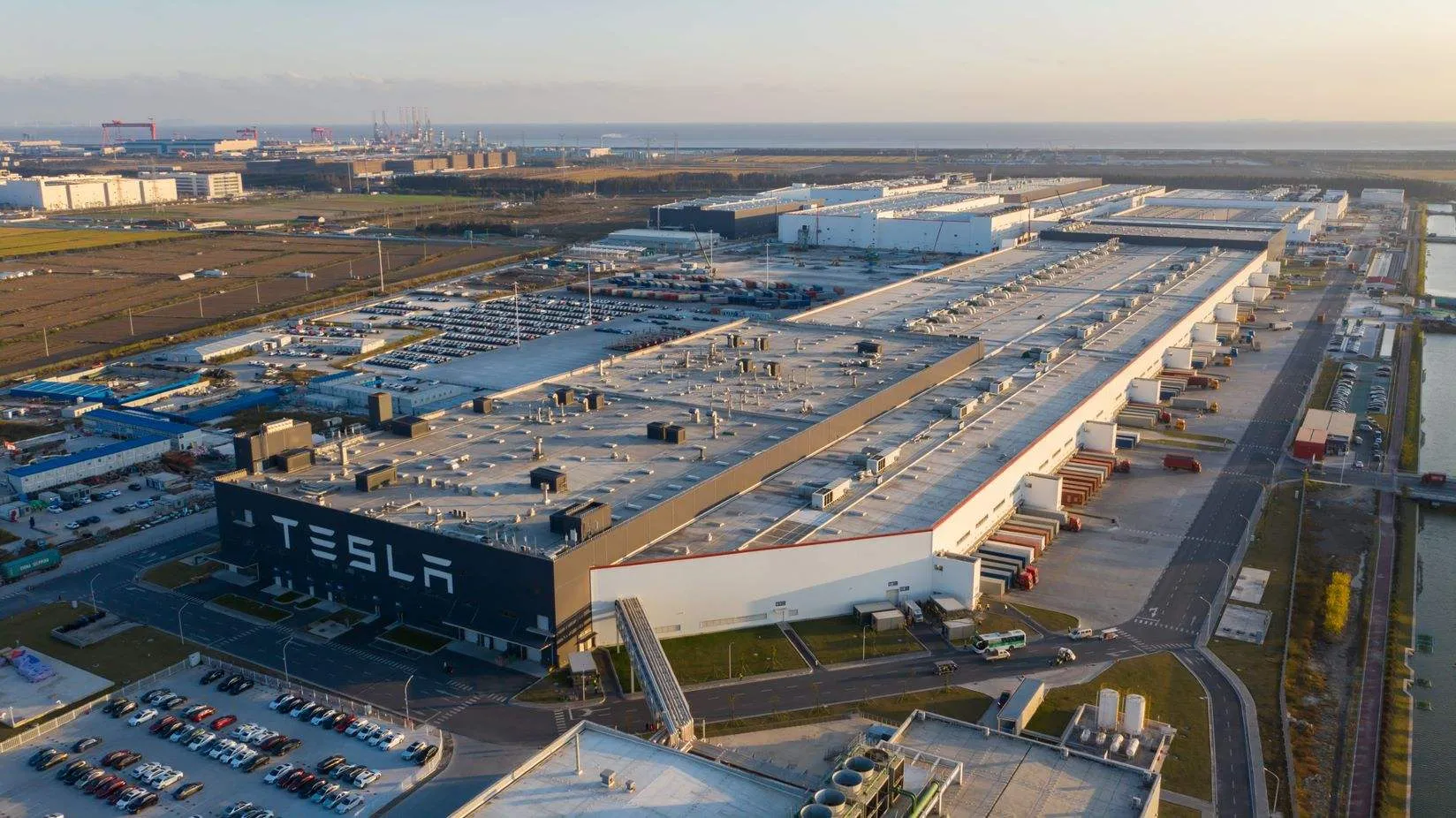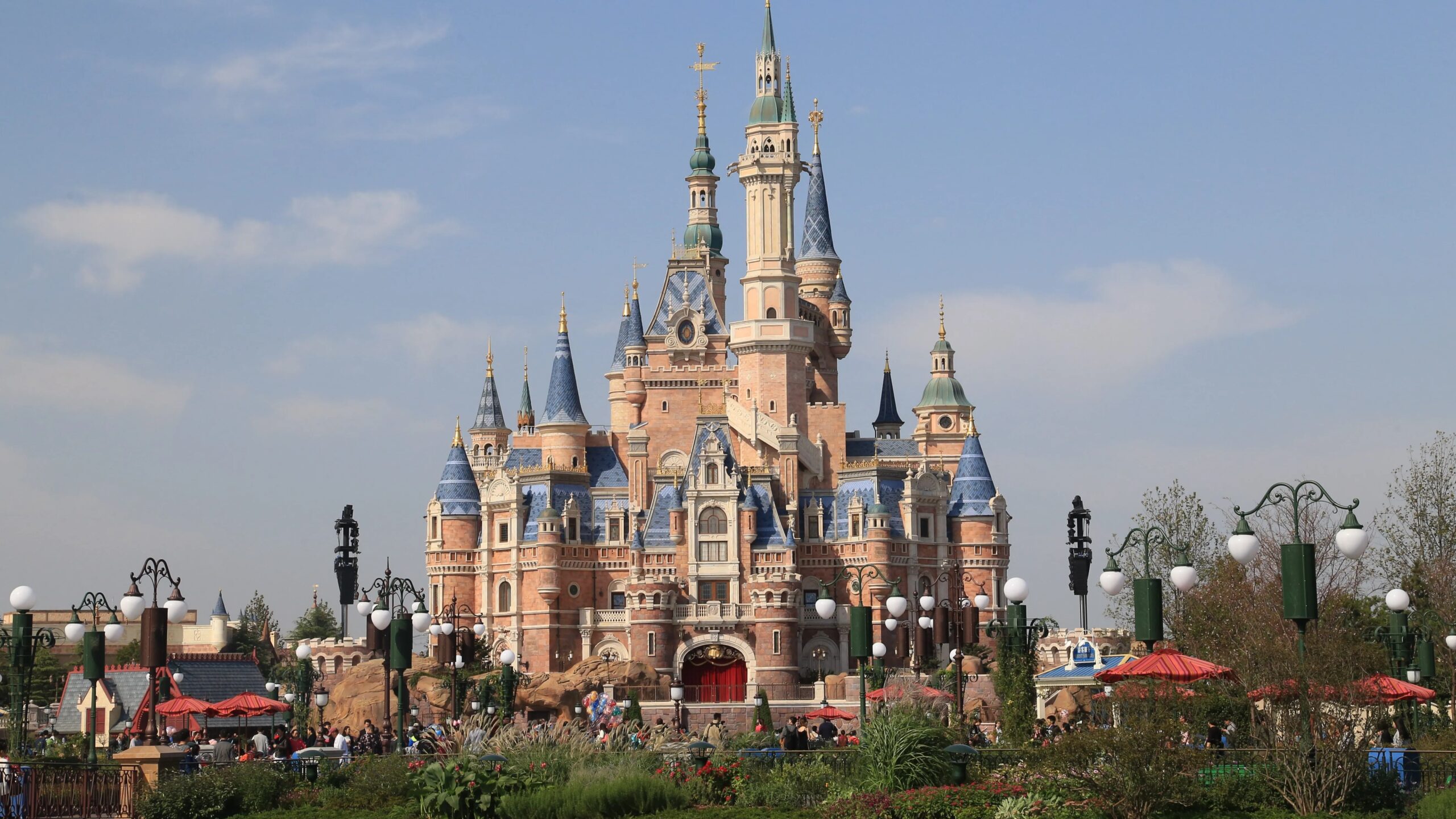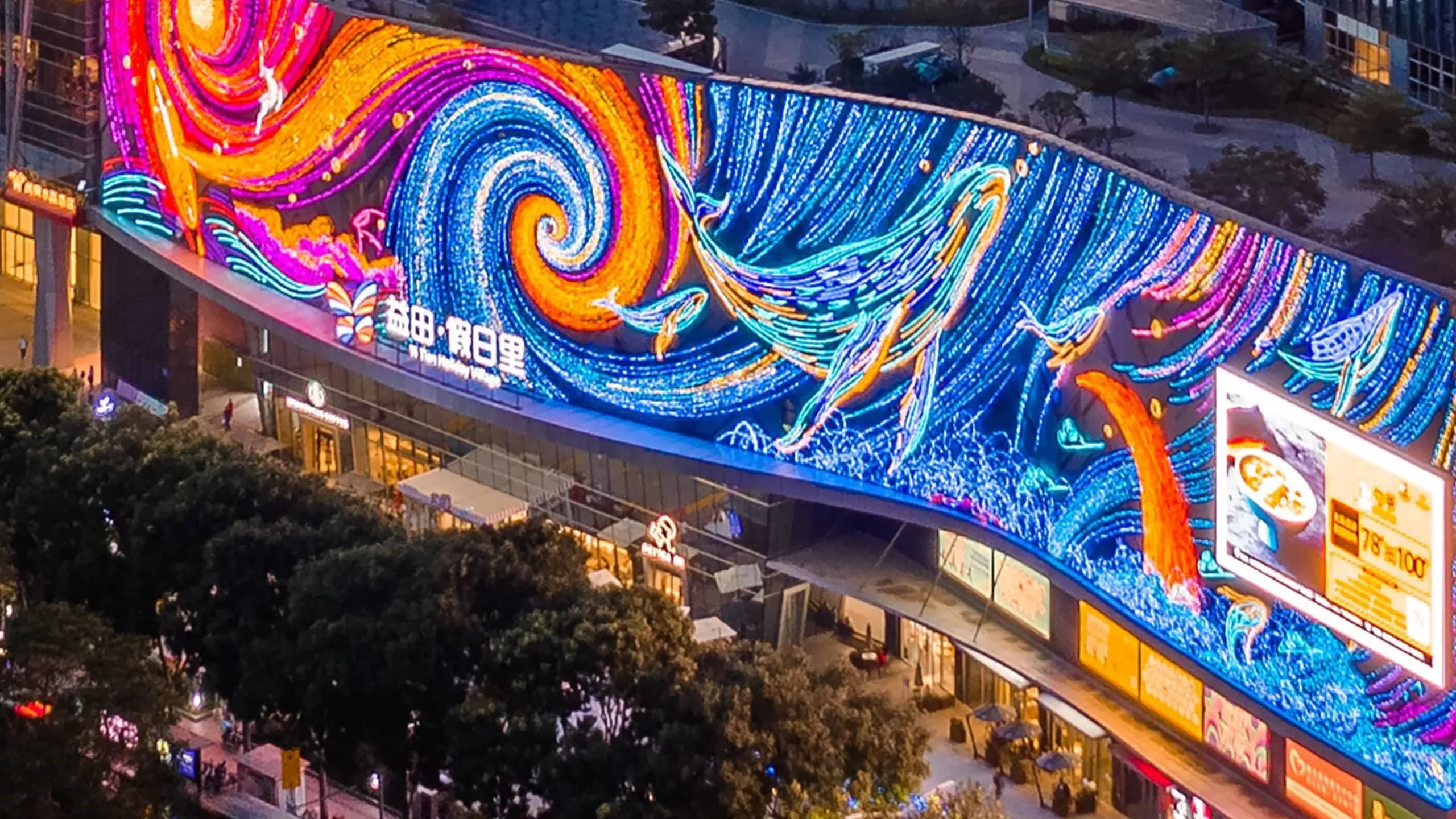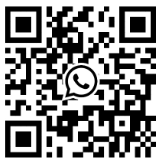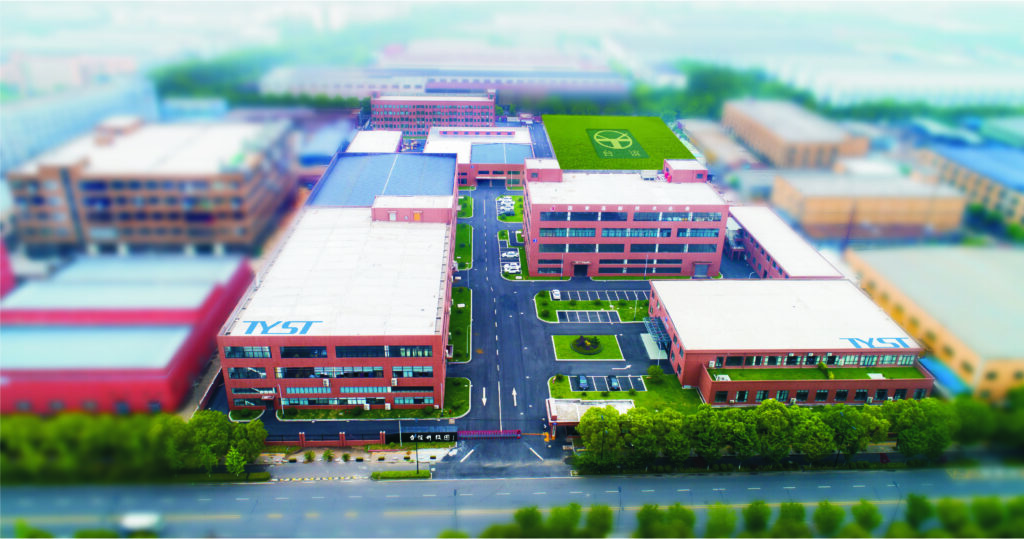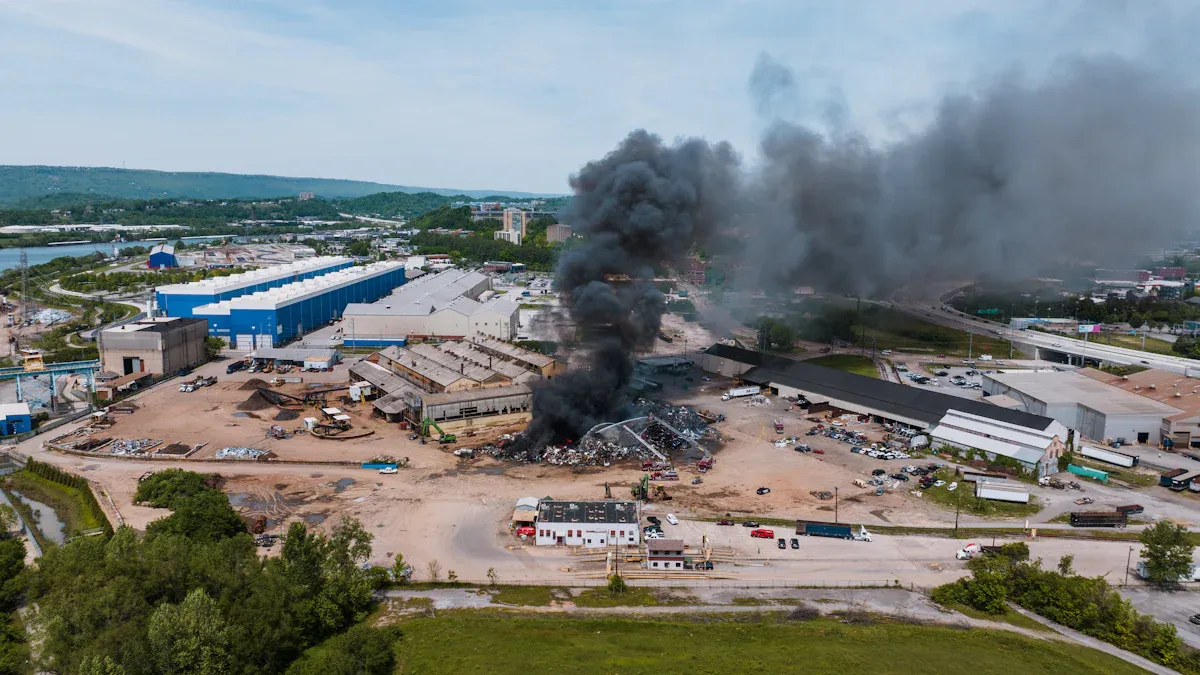
You have special problems when you handle fire safety in industrial parks with many businesses. Many companies close together and different work types make more risks. These risks need quick spotting and fast action. Shared buildings and different safety rules can make teamwork hard. In Vietnam, you can see why joined systems are very important to keep people and things safe. New tools like TYEE’s can help you make better safety rules in these busy places.
Key Takeaways
Find fire risks early by looking for dangers and working with every business in the park.
Use smart detection and alarm systems like TYEE’s to get quick, clear warnings and help control things in emergencies.
Make one emergency plan for everyone and teach all workers with regular practice drills so they can act fast and stay safe.
Link fire safety systems with live monitoring and talking tools to help teams work together and respond faster.
Keep all fire safety gear in good shape and follow safety rules to keep people safe and save money.
Fire Safety Risk Assessment
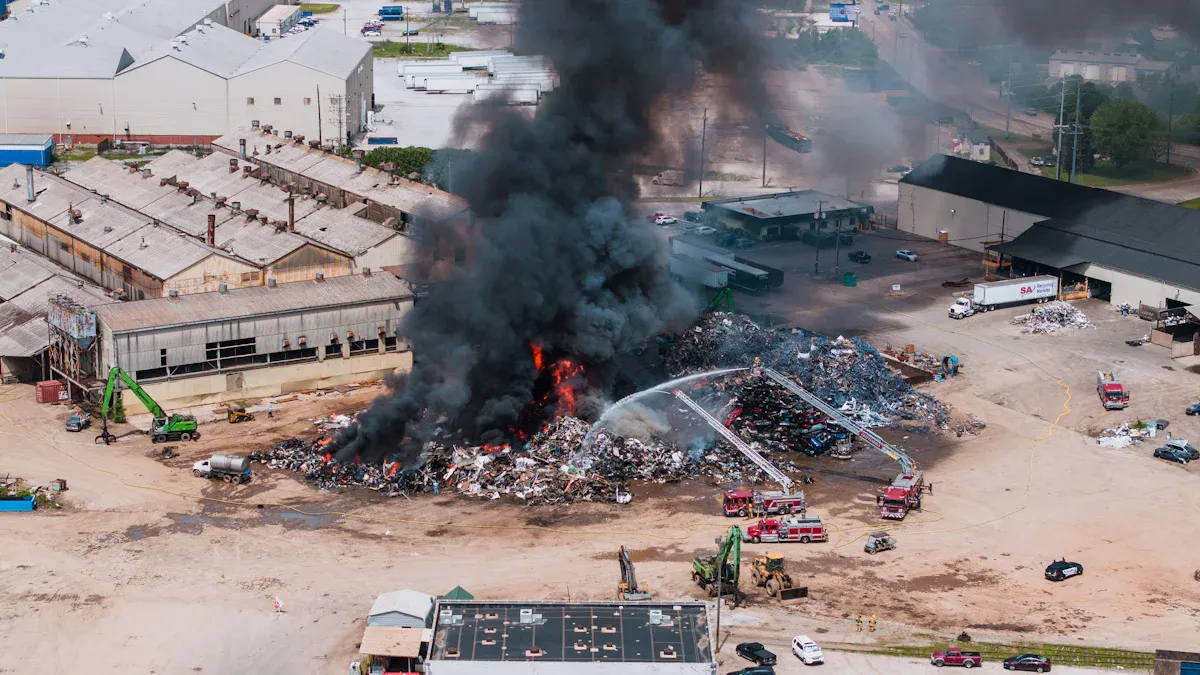
A good risk assessment is very important for Fire Safety in an industrial park. When many businesses share a site, there are special dangers. Each company has its own things and ways of working. These differences can hide dangers that spread fast if not stopped. You need a simple plan to find dangers early and stop them from getting worse.
Hazard Identification
First, you look for anything that might start a fire. This means checking where things are stored, wires, and machines. You also see how close the businesses are to each other. If you find dangers early, you keep people safe and protect things. Checking often helps you follow safety rules and keeps your work going well. You also help everyone care more about safety. Studies show that if you use steps like finding dangers, checking risks, fixing problems, and checking again, you lower the chance of fires in industrial parks.
Collaborative Analysis
Working together makes risk checks better. You can use smart tools to see how risks move between companies. Tools like GIS mapping and multi-criteria analysis help you see everything and make better choices. Here are some ways you can work together to check risks:
Method | Description | Application to Collaborative Fire Risk Analysis in Industrial Parks |
|---|---|---|
Shows how fire risks change over time and place, and how one thing can cause another. | Lets you watch risks in different companies and find danger spots. | |
Bayesian Networks (BN) | Uses math to handle unknowns in risk checks. | Helps you check risks that link many companies. |
Event Trees | Draws out ways accidents can happen and get worse. | Shows how a fire could move from one place to another. |
Matrix-based Models | Measures how risks can move between places. | Lets you see the chance of chain reactions in busy areas. |
Petri-nets | Shows when and how things happen together. | Helps you see how fires can get worse in busy places. |
Monte Carlo Simulations | Runs many tests to guess accident chances. | Gives you a clear idea of risk in the whole park. |
You need shared rules and everyone helping. When all people follow the same rules and join safety checks, the place is safer for everyone.
System Integration
Detection and Alarm Solutions
A good detection and alarm system keeps every business safe. TYEE’s Automatic fire alarm system and Fire Alarm Controller work together. They give fast and trusted alerts. The Fire Alarm Control Panel is like the brain. It gets signals from smoke detectors, heat detectors, and manual pull stations. When a detector finds danger, the panel starts alarms and tells your team.
You can put the panel near main doors or security offices. This helps you act fast in an emergency. In big parks, you can split the area into zones. Each zone has its own detectors and alarms. This setup helps you find where the fire is and act quickly.
TYEE’s system uses addressable devices. You can see which detector set off the alarm. You also get cross-zone notification, equipment shutdown, and tenant communication. These tools help you handle tough emergencies. You can link the system to building management tools. This lets you control air flow and open exits during a fire.
Here is a table that shows the main parts of a fire detection and alarm system:
Component | Function |
|---|---|
Fire Alarm Control Panel | Gets signals, starts alarms, sends notifications |
Smoke Detectors | Find smoke from fast or slow fires |
Heat Detectors | Sense high heat or quick temperature rise |
Manual Pull Stations | Let people start alarms by hand |
Duct Smoke Detectors | Watch HVAC ducts to stop smoke spread |
Notification Devices | Warn people with horns, bells, sirens, and flashing lights |
Monitoring Modules | Connect water flow switches and gas detectors |
Backup Power Supply | Keeps the system working if power goes out |
TYEE’s system lets you use relay and control modules, dry contact interfaces, and programmable responses. The system works with BACnet and Modbus. You can watch the system from far away using phone lines, IP networks, or cellular backup. Automated alerts tell your Fire Safety team and emergency responders right away. You get backup power and two ways to talk to the system. This makes sure your system works even if the power fails.
Emergency Lighting and Evacuation
You must help people leave buildings safely during a fire. TYEE’s Emergency Lighting and Evacuation Indication System helps you do this. Emergency lights keep halls, stairs, and exits bright, even if the power goes out or smoke is thick. Exit signs show clear paths to safety. These systems lower trips, falls, and confusion.
You need to put emergency lights and exit signs in halls, stairs, and busy areas. Backup lights use batteries and glow-in-the-dark features. This keeps things bright and helps people move fast. Regular checks and care keep these systems working well. Monthly tests and yearly battery checks make sure everything works when needed.
You help emergency workers by lighting up fire alarm panels and control stations. This helps them make quick choices. You must follow safety codes like NFPA and OSHA. Good systems keep people safe and lower legal risks.
Tip: Always check your emergency lights and exit signs. Good systems save lives and keep your building ready for any emergency.
Interoperability, Centralized Monitoring, and Real-Time Data Sharing
You get many benefits when you connect detection, alarm, and evacuation systems. TYEE’s solutions let you connect and watch everything in one place. You can link fire safety, security, and building management teams. Central dashboards show all alerts and system updates together. This helps you act fast and lowers false alarms.
You can use AI and machine learning to study real-time data. These tools help you guess risks and plan your response. Knowing where people are helps you rescue and evacuate better. You can watch many buildings from one dashboard.
Cloud management lets you see important data from anywhere. You get updates and alerts right away. This helps teams and agencies work together better. You can use computers to send help and use fire department tools well. Cloud systems keep data safe with encryption and backups.
You talk better with first responders using live data and hazard maps. This helps them get there faster and keeps people safer. Regular checks, tests, and staff training keep your systems working well.
Coordinated Response Planning
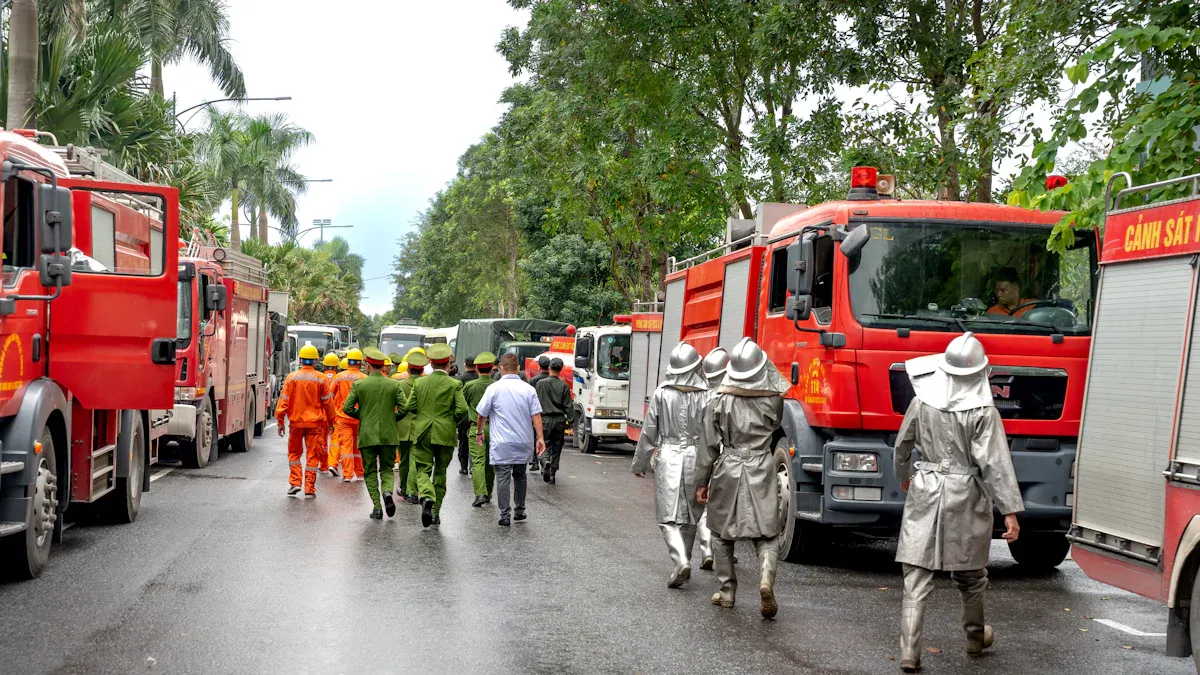
Unified Procedures
When many businesses share an industrial park, you need a clear plan. Unified emergency procedures help everyone act quickly and stay safe. First, check your park for risks. Look for hazards and weak spots. Set goals for your emergency plan. Make sure every company knows what to do if there is a fire.
Work with local fire, police, and medical teams. This helps you make a strong plan for real emergencies. Write easy steps for every danger you find. Train your staff so they know their jobs. Practice your plan often. Test it with drills and fix any problems you find.
Here is a simple guide for making unified emergency procedures:
Look for hazards and risks in your park.
Set goals and rules for your emergency plan.
Work with local emergency teams for a joined plan.
Write easy steps for each kind of emergency.
Train your team so everyone knows their job.
Practice your plan with drills often.
Review and update your plan with help from security and law teams.
By following these steps, you keep your park ready. Regular checks and drills help you find problems before an emergency. You also build trust between companies and emergency teams.
Tip: Always check your park with 24/7 inspections and quick repairs. This helps you act fast and keeps your systems working well.
Communication and Teams
Good communication can save lives during a fire. You need systems that send alerts to everyone fast. Use mass notification tools to reach people by text, email, calls, or social media. These tools help you warn all tenants and responders at once. Two-way systems let people report problems and say they are safe. This helps everyone know what is happening.
You should make joint response teams. These teams have people from different companies and emergency services. When everyone knows their job, you avoid confusion. Pick special team members called “boundary spanners” to share news between groups. This makes sure no one misses important updates.
TYEE gives you digital command platforms. These platforms show real-time maps, live video, and instant alerts. You can see where your team is and which areas are safe. The system lets you control pumps, fans, and alarms from one place. You can also share data with police, fire, and medical teams. This helps everyone work together.
Feature Category | Description |
|---|---|
Centralized Command Platform | Shows alarms, GPS, and device status for a full view of the park. |
IoT Edge Gateways | Keep data safe and moving between devices and teams. |
AI Video Analytics | Spot hazards like blocked exits in real time. |
Remote Equipment Control | Run pumps and alarms from a distance to help firefighters. |
Cross-Agency Data Sharing | Share info with police, fire, and medical teams for better teamwork. |
Emergency Linkage Command System | Connects all agencies for fast, joined-up action. |
Big Data Analytics | Helps you check risks and make smart choices. |
Unified Communication & Dispatch | Keeps all messages and tasks in one place for smooth action. |
Drills are important. Practice helps your team remember what to do. Drills show if exits are blocked or if people miss alerts. Give everyone a clear job during drills. Work with property managers and other tenants. This builds a strong safety culture. When you practice together, you act faster and safer in real emergencies.
Note: Rick Rescorla at Morgan Stanley showed that drills save lives. Make drills a habit in your park.
You build trust and teamwork by sharing plans and practicing together. This makes your Fire Safety response stronger and keeps everyone safer.
Technology and Data
Smart Monitoring
Today, you can use smart tools to keep your park safe. IoT sensors check temperature, smoke, gas, water, and electricity all the time. You see all this on one dashboard. AI helps you find risks early. It looks for too much electricity, blocked exits, and changes in fire gear. Cloud platforms collect this data and let you watch your site from anywhere. You get alerts on your phone or computer. You can check device health and safety without being there.
Description | |
|---|---|
IoT Sensors | Real-time data from smoke, heat, gas, water, electrical, and video sensors across the park. |
AI Processing | Smart risk checks, anomaly detection, and fire risk forecasting. |
Cloud Platform | Central monitoring, data integration, remote supervision, and alert management. |
Visualized Access & Evacuation Safety | AI video finds blocked routes and parked vehicles for safer evacuation. |
Remote Safety Supervision | Unified cloud monitoring and mobile alerts for continuous oversight. |
Wireless and hybrid fire detection systems are now common in Southeast Asia. You can set them up fast and with little mess. These systems work for new buildings and old ones. Governments want stricter Fire Safety rules, so better technology is needed.
Real-Time Alerts
You get alerts right away if something is wrong. AI and smart tools help you act before a fire spreads. You see where the problem is and send help fast. Automated alerts reach your team and emergency services quickly. You can use one-click alarms with GPS to show the exact spot. This saves time and helps teams work together.
The Colorado Springs Fire Department had a 15% faster response after using AI. Faster alerts mean fires are stopped sooner and damage is less. You also save money by sending help only where needed. More people use these systems because they are easy and work well.
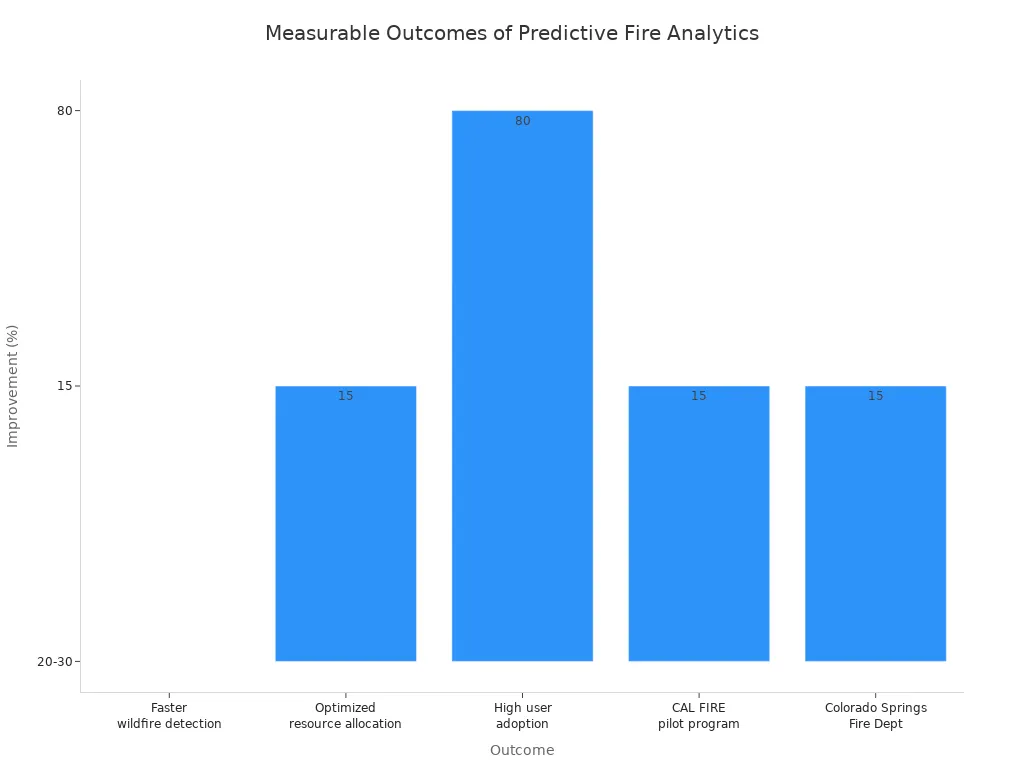
Your fire safety system can connect with other company and government tools. You can link alarms, access control, and cameras. You follow rules and keep data safe with encryption and updates. You manage everything from one dashboard. You can send alerts, lock doors, and share info with emergency teams. After an event, you use built-in tools to report and get better.
Tip: Pick systems that work with mobile apps and remote access. You get more choices and faster action in emergencies.
Training and Compliance
Staff Education
Every worker must know how to stay safe at work. All staff need to take safety training. Use live demos, videos, and fun workshops to teach. Show how to spot fire dangers like bad wires or things that can burn. Teach the PASS steps for fire extinguishers: Pull, Aim, Squeeze, Sweep. Let everyone practice so they feel sure of themselves.
Hold fire drills often. These drills help people learn safe ways out and where to meet. Pick fire wardens and train them more. Fire wardens help others during emergencies. Give out safety info in different languages and respect cultures. This helps everyone follow the rules. Ask local fire departments to help with real-life training. Use online lessons and true stories to keep learning interesting.
Tip: Give rewards to teams that show good safety habits. This helps everyone care about each other and stay safe.
Maintenance and Standards
You must keep fire systems working well. Plan regular checks for sprinklers, alarms, and emergency lights. Look at batteries and bulbs often. Test alarms and water flow to make sure they work. Fix small problems fast so they do not get worse.
Follow all national and local rules like NFPA and OSHA. Regular checks help you avoid fines and keep things running. Good systems can lower insurance costs and work better. TYEE gives you certified products and expert help. Their systems meet tough standards like ISO9001,UL, CE and RoHS.
Certification / Standard | Purpose / Description |
|---|---|
ISO9001 | Quality and environmental management |
UL, CE | Product safety and reliability |
Alarm and sprinkler system standards | |
IP65 Rating | Waterproof and dustproof durability |
RoHS | Restriction of hazardous substances in electronic components to ensure environmental and human safety |
Everyone shares the job of keeping things safe. Check your safety plans often and change them if risks change. Always try to get better so everyone stays safe and your work goes well.
You need joined systems to keep industrial parks safe. This is very important in Vietnam. New technology like TYEE’s helps you find fires quickly. You can act faster than with old systems. Better systems can lower damage and save money. They also help you pay less for insurance. Here is what you should do:
Check for risks and dangers in your park.
Put in early warning and fire control systems.
Teach workers and practice drills often.
Take care of equipment and change plans when needed.
Always watch your systems, learn from problems, and follow rules. This helps you keep your park safe for a long time.
FAQ
How often should you test fire alarm and evacuation systems?
Test fire alarms and evacuation lights every month. Do a full system check once a year. Regular tests help you find problems early. This keeps your park safe.
Can TYEE’s systems work with older buildings?
Yes, you can use TYEE’s fire safety solutions in old buildings. The systems have wireless and hybrid technology. This makes upgrades simple and less messy.
How do you train staff for fire emergencies?
Use live drills, videos, and hands-on practice to teach staff. Show them how to spot hazards and use fire extinguishers. Give clear steps and reward good safety habits.
What happens if the power goes out during a fire?
TYEE’s systems have backup batteries. Emergency lights and alarms still work if power fails. You stay safe and can leave the building.

